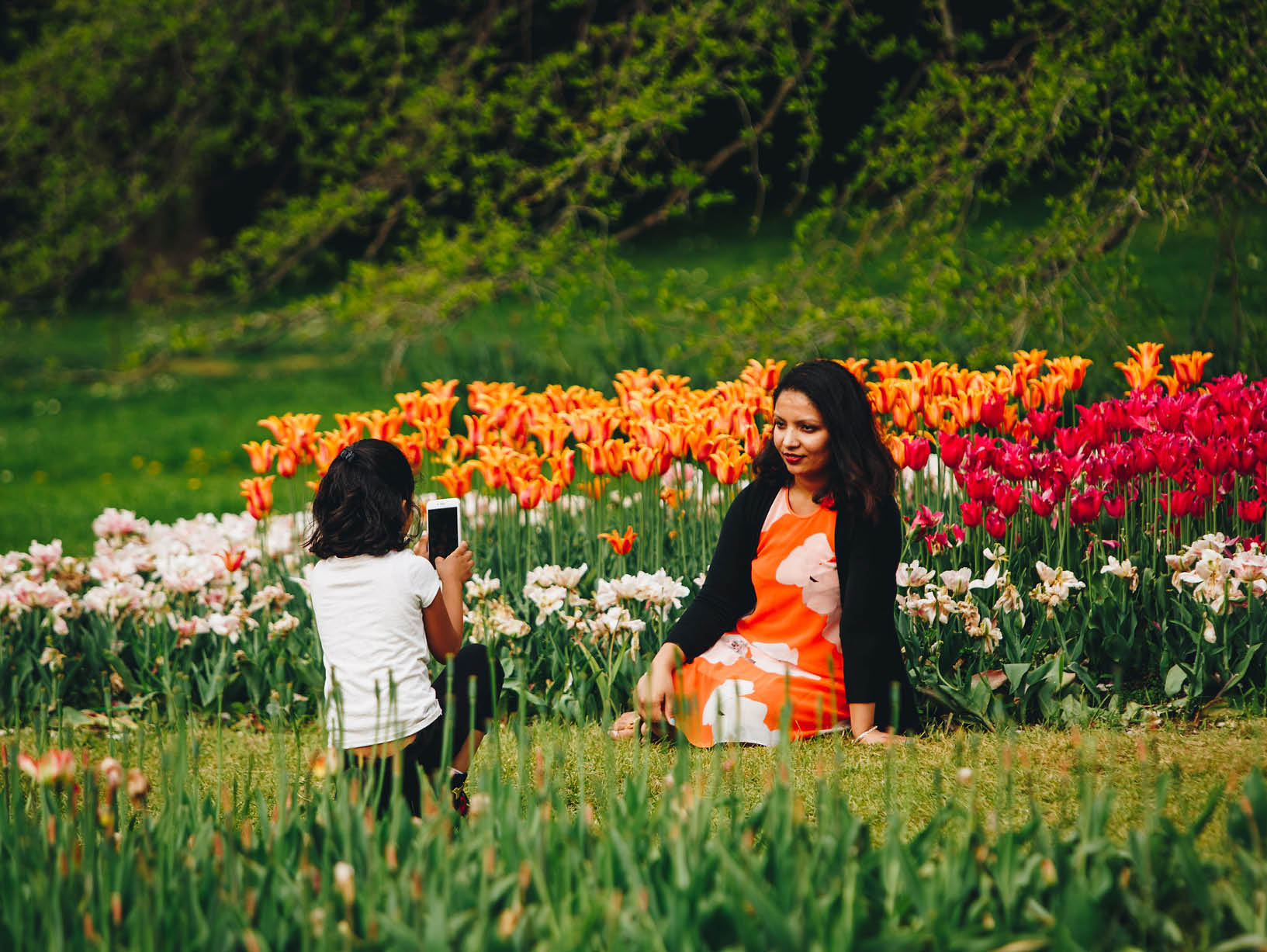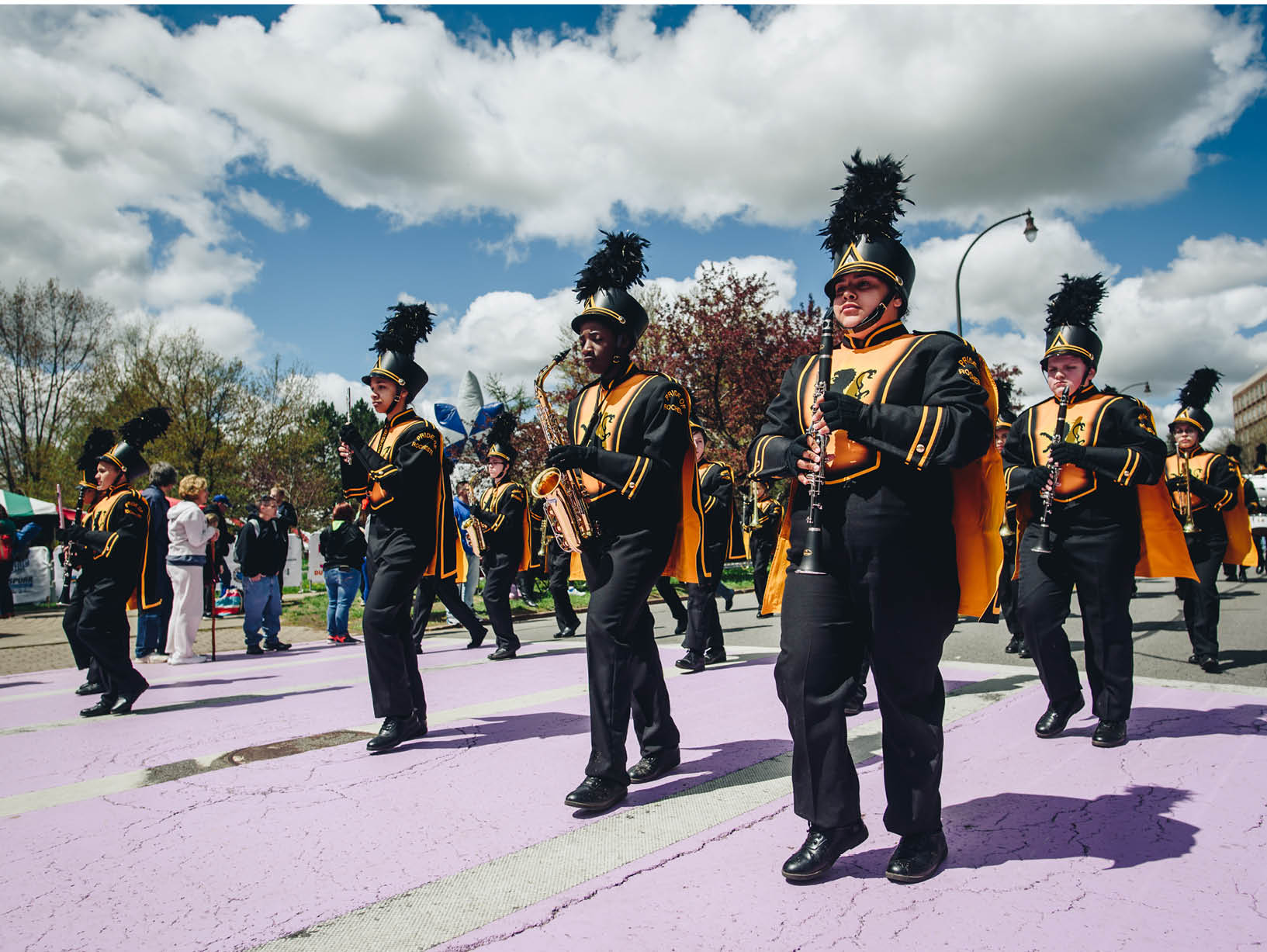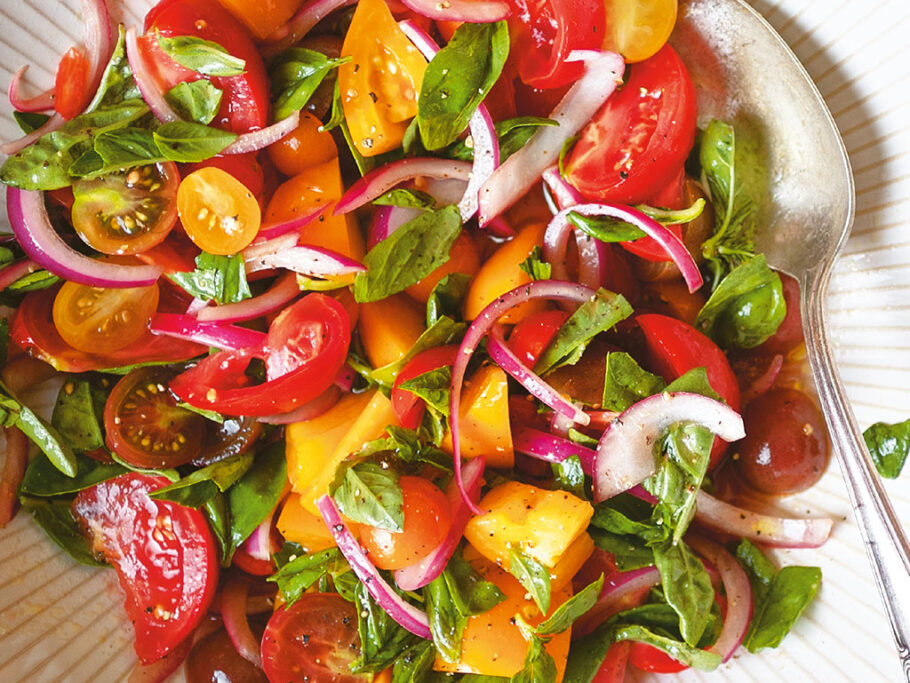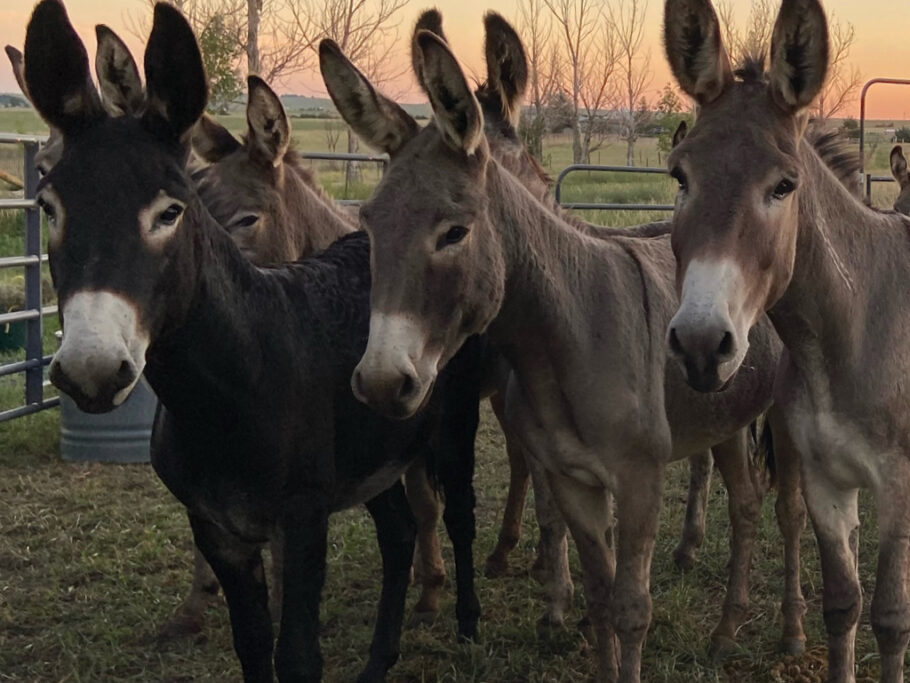For the Love of Lilacs
Rochester, New York may not be the first city you think of (even in New York State) when it comes to being world-renowned for something—but perhaps it should be.
In the 1800s, it was dubbed the Flour City because it was the largest flour producer in the world. It was a key area for the abolitionist movement, with famed writer and speaker Frederick Douglass calling it home for twenty-five years. (In fact, both Douglass and Susan B. Anthony—friends in life—are buried in Rochester.) Modern photography was founded here when Kodak opened its doors in 1888.
The city also transformed into a different kind of powerhouse in the nineteenth century. Being near the Great Lakes, the area was literally fertile ground—a prime place to plant trees and flowers. A pair of entrepreneurial immigrants, George Ellwanger and Patrick Barry, took their love of horticulture, combined it with this climate, and created the largest nursery in the world—part of which was transformed into the city’s famed Highland Park. As a result of this new boom of blooms, the city officially changed its nickname to the Flower City in 1859.
Rochester may not be the floral epicenter of the world today, but it remains one of the country’s top must-see nature spots. And at the center of it all is its annual Rochester Lilac Festival—the oldest and largest event of its kind in North America.

A History of Highland
It all started with a gift. Ellwanger and Barry donated approximately twenty acres of their nursery land to the city in 1887, where a park would be built to highlight the area’s beautiful foliage. None other than Frederick Law Olmstead was commissioned to do so. (In fact, Rochester was one of only four cities that the famed architect would create park systems for.)
The result was Highland Park, a botanical wonder that provided not only scores of flowers and trees but also spectacular views of the park and the city from atop a hill on the east side (and its high land), where a three-story children’s pavilion was also constructed to highlight the focal point. During the 1890s, area horticulturists continued to adorn the park with thousands of flowers, making it a must-see (and smell) for visitors far and wide. Little did they know that a famous festival would spring up from their efforts.
Planting the Seeds
As good things often do, the Lilac Festival was born out of sheer passion. As the story goes, on one pleasant Sunday in May of 1898 a few thousand people visited Highland Park, and a festival of sorts simply broke out. It became known as Lilac Sunday, and it quickly became an official annual Rochester free event.
And, much like the flowers it features, it continued to grow—in popularity and size. A mere decade later, it was welcoming 25,000 visitors, and by the middle of the twentieth century, up to 100,000 people were attending.
Thanks to the city’s expansion of the park during the twentieth century, Highland Park has also grown: it now encapsulates 150 acres of landscaped grounds to enjoy. The star of the show, of course, is America’s largest collection of lilacs—over 1,200 plants in all—displayed in a spectacular array of colors along Highland Avenue. You’ll be in awe at the over 500 varieties you’ll find in these gardens.
If your love of flowers extends beyond lilacs, there are many other flower varieties to take in, such as magnolias, rhododendrons, azaleas, a vibrant tulip garden, and even a 10,000-bloom red pansy bed. And you can’t miss the magnificent trees, either, which include dogwoods, Japanese maples, and shade trees. No matter your horticultural interest, you can’t beat the blooms in Highland Park.

Festival Fun
Unlike its original iteration, the Rochester Lilac Festival now spans over ten days in May, which means there’s a lot more to do and experience. Rochester Events has run the show for the past decade, and it has added new events to the existing decades-long favorites to make it better than ever.
The Lilac Parade kicks things into high gear. Held on the first Saturday of the festival, it features over 2,500 participants—including several in miniature cars—making their way past the field of lilacs. If you prefer to watch running over strutting, the festival has you covered with a pair of races: the Lilac Run (a 5K/10K that has been held since the 1980s) and the Dunkin’ Dash kids race.
And no festival would be complete without food and entertainment. Local eateries set up dozens of food trucks and tents throughout the park, offering everything from sandwiches to wraps to international food to ice cream and shaved ice. To wash it all down, mobile bars are set up on site, and you can also try the latest local spirits created just for spring at the Craft Beer Expo and the Wine Tasting Expo.

Garden Battles is particularly entertaining, as it pits local media personalities against each other in a speed-gardening competition for charity. Speaking of competition, if you’re an artist, you can enter Art in the Park, a juried arts and crafts show held on both weekends.
But perhaps the most anticipated part of the festival (besides the flowers) is the free concerts held every day of the event. Many local and regional performers are involved, of course, but major acts have also commanded the stage, including Blues Traveler, Starship, Eddie Money, and Spin Doctors. The concerts are free—much like almost everything at the Lilac Festival—but you can choose to upgrade to the Party Deck, where you’ll watch from twenty feet above the lawn, or the VIP Lounge. No matter where you view the concerts, though, you’re sure to have a great time.
Approximately 500,000 people—two and a half times the population of Rochester itself—attend the Rochester Lilac Festival each year, so make sure to plan ahead if you want to experience this one-of-a-kind event. The sights and smells of the blooms, food, and entertainment, paired with an average high temperature of sixty-eight degrees and the breeze coming off Lake Ontario, make it a must-see spring celebration in the Flower City.
For more info, including any COVID-related festival updates, visit rochesterevents.com/lilac-festival
*Be sure to follow recommended mask-wearing and social-distancing guidelines.























